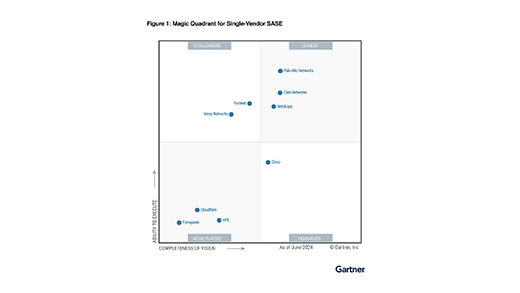Today we released our global Cloud Report as well as our Europe, Middle East and Africa version highlighting cloud activity from October through December of 2015. Each quarter we report on aggregated, anonymized findings such as top used apps, top activities, top policy violations, and other cloud security findings from across our customers using the Netskope Active Platform, including by industry.
We had many compelling findings from last quarter’s data, but the thing that stood out for us was from our research team. In scanning many hundreds of customer tenants, we found that 4.1 percent of those enterprises’ sanctioned apps are laced with malware such as trojans, viruses, and spyware. The volume of malware in those apps ranged from a handful of files to many dozens in a customer tenant.
In further analyzing the malware infections in these customers’ apps, we found an interesting trend: The spread of the malware (or in some cases, the effect of the malware) follows a “fan-out” pattern, spreading exponentially across users through two of the cloud’s most unique and useful capabilities, sync and share.
Let me give you an example that’s top-of-mind given all of the industry chatter about ransomware. In a handful of the enterprises we studied that were hit with ransomware, the cloud played a critical role in the spread of the encrypted effect. Here’s how it happened:
- The user became infected with ransomware
- Upon detonation, the ransomware encrypted files on the user’s hard drive
- Some of the files on the user’s hard drive were in sync folders of a cloud app
- The encrypted versions of the files synced with the cloud app, replacing the cloud versions with the encrypted ones
- Then additional users, with whom the original user had shared the sync folder, synced their desktop client folders with the cloud, and those desktop files became encrypted
We have observed the fan-out effect both for the spread of malware itself and for the spread of the effect of malware, such as encryption in the above example.
Note that our initial research was only on enterprises’ sanctioned apps, which represent less than five percent of total cloud usage. Given this, we believe that both malware, and this fan-out effect, are far more widespread than the 4.1 percent we observed. This is just the beginning. In future reports, we’ll add to this research what we see across unsanctioned apps in our cloud access security broker.
What do we recommend to combat this? Five things:
- Back up versions of your critical content in the cloud. Enable your app’s “trash” feature and set the default purge to a week or more
- Scan for and remediate malware at rest in your sanctioned apps
- Detect malware incoming via sanctioned and unsanctioned apps
- Detect anomalies in your sanctioned and unsanctioned cloud apps, such as unusual file upload activity or other out-of-the-norm behaviors
- Monitor uploads to sanctioned and unsanctioned cloud apps for sensitive data, which can indicate exfiltration in which malware is communicating with a cloud-based command and control server
Will you be at RSA? Our chief scientist, Krishna Narayanaswamy, will give a keynote on the topic at the Cloud Security Alliance Summit at RSA.
What other recommendations would you add?




 Back
Back 















 ブログを読む
ブログを読む